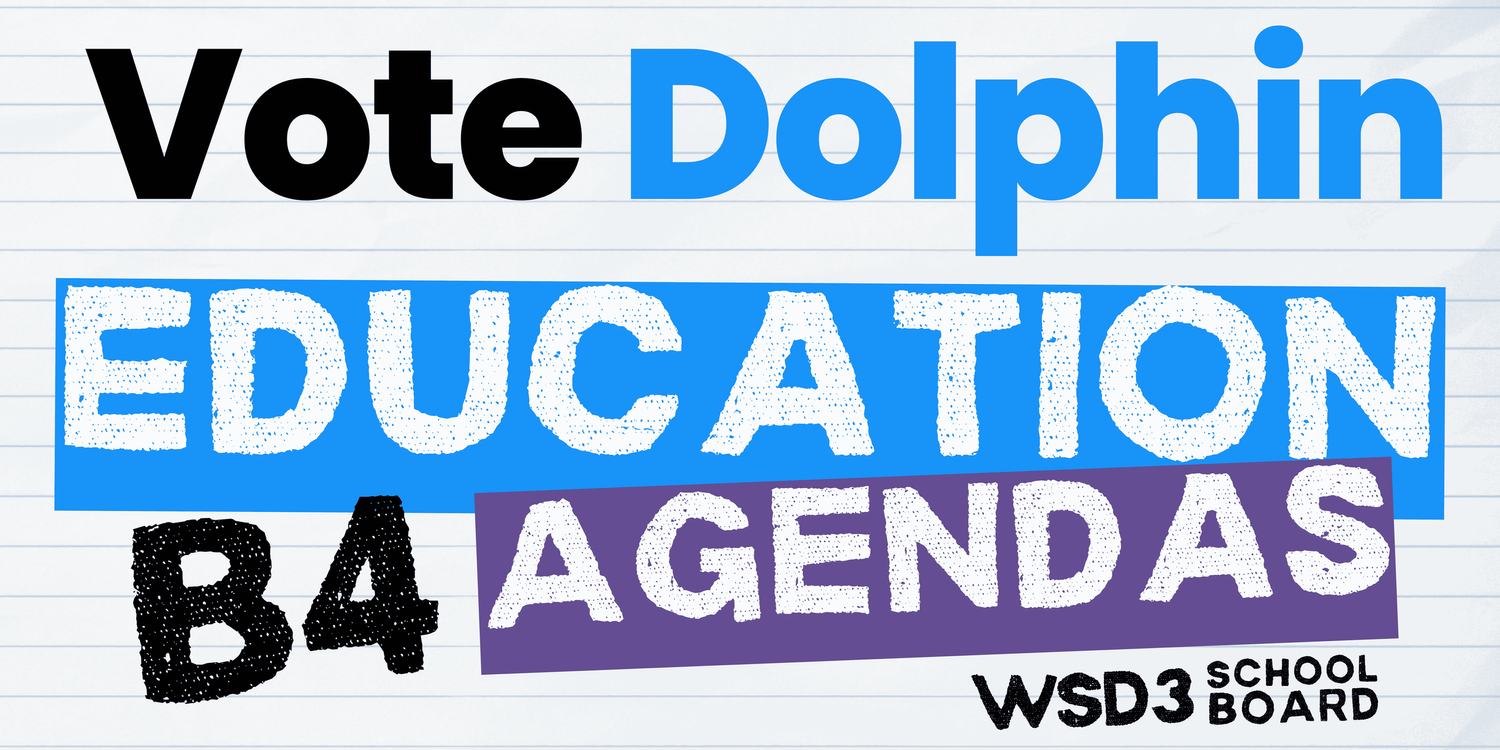
“I support the WSD3 bond and mill levy override. They’re necessary to keep our schools safe, functional, and fully staffed. With funding falling short, this is a responsible plan that meets critical needs without asking for more than necessary.” — Wen Dolphin
Investing in Widefield’s Future:
What You Need to Know About the Bond and MLO
🔍 What do our kids need?
An outside audit recently identified $311 million in facility needs across Widefield schools. These include repairs to heating, plumbing, electrical systems, building structures, and site improvements.
Right now, WSD3 has the legal ability to issue $128 million in bonds. The district is proposing to use $88 million of that now and reserve $40 million to build a new school in the future, as growth continues.
🎯 What are the district’s priorities?
The district reviewed the audit results and removed any projects already funded, scheduled, or covered by outside grants. The bond proposal focuses on:
Renovating North Preschool
Adding air conditioning to 7 schools
Expanding Grand Mountain School to address rapid growth on the east side
Energy efficiency and safety improvements
🛠️ What specific projects are planned?
The list below reflects current goals, though final details may change depending on actual construction costs:
North Preschool – Renovations and termite treatment
Widefield High – Electrical updates, air conditioning, math wing remodel, roof workMesa Ridge High – New HVAC units, safety upgrades to parking lot
Sproul Jr. High – Asbestos removal, remodeling, air conditioning, and a new classroom pod
Watson Jr. High – Science lab updates, new main electrical panel
Grand Mountain – New multipurpose room and classrooms to support growing enrollment
French, King – Roof and climate control repairs
Pinello – New windows, doors, and air conditioning
Sunrise, Talbott, Venetucci, The Haven – Air conditioning and/or electrical improvements
The MiLL – Window sealing
All schools – Discretionary funds for building-specific improvements
Why are these upgrades important?
A safe, comfortable environment helps students focus and thrive. Fixing these issues now avoids more expensive repairs later—and keeps our schools places where kids can do their best.
How would the MLO funds be used?
Safety & Security – Replaces funds previously used to expand safety staff at every school
Student Programs – Keeps vital programs like STEM, CTE, Project Lead the Way, and college/career readiness going despite shifting state budgets
Staff Retention – Helps WSD3 offer competitive salaries to attract and retain great teachers
Student Achievement – Helps the district maintain momentum despite an expected $680M shortfall in the state’s education budget by 2026–27
What’s the cost to taxpayers?
The total proposed cost is:
$2.25/month per $100k of home value for the bond
$3.25/month per $100k of home value for the MLO
Total: $5.50/month per $100,000 of home value
What other funding sources are available?
WSD3 actively pursues BEST grants from state marijuana tax revenue. These are matching grants for school construction and safety improvements. For 2025, WSD3 must fund 65% of eligible projects to receive 35% in state funds.
✅ WSD3 was just awarded a $5.7 million BEST grant for the North Preschool project—if the bond passes.
How is WSD3 managing its finances?
Currently holds $43M in bond debt from the construction of Grand Mountain
Holds an $8.6M COP (loan) for Janitell roof repair, paid from operating funds
Refinanced older bonds in 2021 to save taxpayers over $2 million
Will create a Bond Oversight Committee of community members and staff to ensure accountability
WSD3 is also the second lowest-funded district in the state and receives less federal aid than nearby districts.
What happens if the bond or MLO doesn’t pass?
If the bond fails:
Repairs will be delayed and completed slowly from operational funds
BEST grants may be lost due to lack of matching funds
The district might need to borrow through more COPs, which further strains the budget
If the MLO fails:
Programs with low enrollment may be cut
Teacher recruitment will become harder
Class sizes could grow
How does WSD3 compare to other districts?
District 2 (Harrison) passed a staff-pay MLO in 2024
District 8 (Fountain–Ft. Carson) receives $30M+ annually in federal impact aid;
WSD3 gets under $1M
Most nearby districts rely on MLOs to fill funding gaps from the state
How will this help overcrowding?
Grand Mountain, built after the 2017 bond, reached capacity quickly. The proposed expansion will help meet demand in the growing eastern neighborhoods. Improvements at other schools will also help balance enrollment through choice.
Why not other funding sources instead?
Unfortunately, no other grants exist for most of these needs outside the BEST program. Bond and MLO dollars are the most direct, accountable, and transparent way to fund Widefield’s future.
What’s next?
VOTE!
Election Day is November 4, 2025
